What is the best flooring for humid climate: top 8 materials
17 Oct, 2024
- Why does flooring choice matter in humid climates?
- How does humidity affect different flooring types?
- How do you assess humidity levels in your home?
- Essential flooring characteristics you need to pay attention to
- Top 8 flooring materials for humid climates
- Rubber flooring
- Porcelain and ceramic tiles
- Vinyl flooring
- Engineered hardwood
- Bamboo flooring
- Concrete flooring
- Laminate flooring
- Natural stone
- Final advice about the selection of the best flooring for high-humidity areas
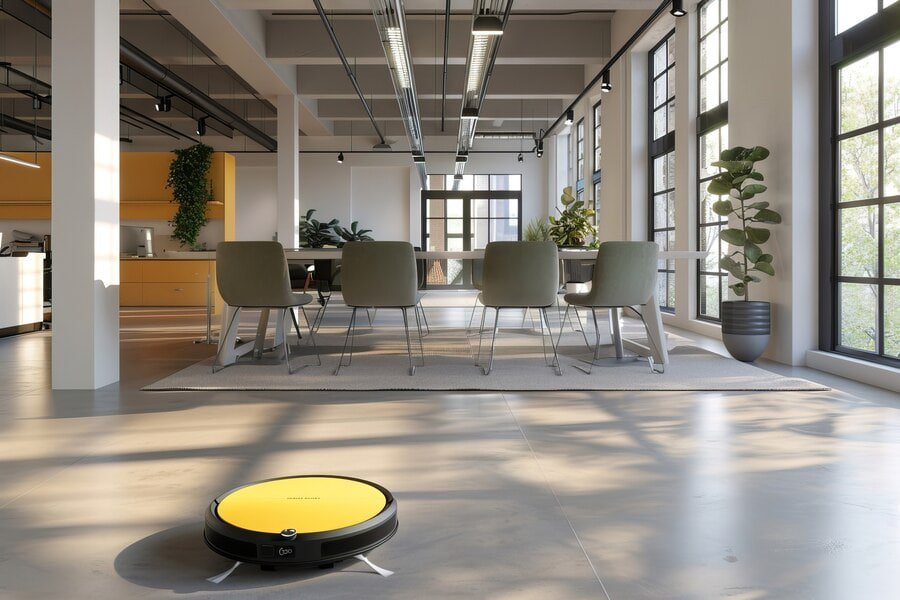
The first thing to consider when picking the flooring material is the climate due to how harmful high humidity can be. In this guide, we will determine the best flooring for humid climates, how different materials behave in high humidity, and distinguish the top 8 floor materials best suited for such environments.
Why does flooring choice matter in humid climates?
If your flooring is not water-resistant or durable enough, it can warp, buckle, or cup with time. Such damage is usually impossible to reverse, leading to costly replacements. If you want to ensure the longevity of your property and prevent pricey repairs, make sure to select the best flooring for high-humidity areas.
How does humidity affect different flooring types?
Humidity can impact flooring in several ways:
- Moisture absorption: Certain flooring materials are more porous, which leads them to absorb moisture. This, in turn, often causes irreversible swelling or warping.
- cupping and buckling: Materials like wood are prone to structural issues when exposed to high moisture.
- mold and mildew growth: Humid environments are prone to the development of mold or mildew.
temperature expansion and contraction: Humid, hot climate flooring may expand in heat and contract in colder areas, causing gaps or buckling.
How do you assess humidity levels in your home?
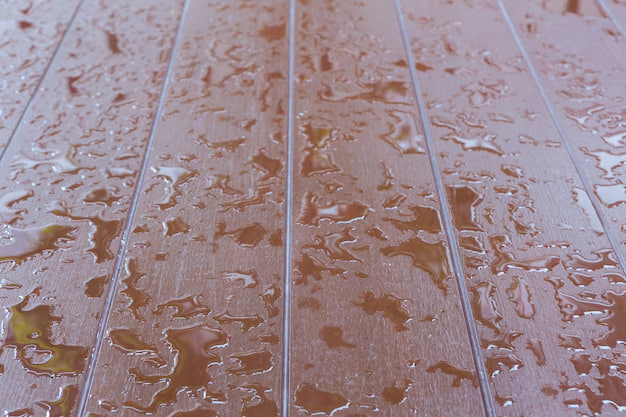
Before installing the flooring, it is crucial to measure the humidity levels in your home. You can use a tool like a hygrometer to assess the moisture content in the air. The optimal level is 30% to 50%. If it is higher, consider choosing a more waterproof flooring option or investing in a dehumidifier.
Essential flooring characteristics you need to pay attention to
When choosing the best flooring for humid environments, look for these key features:
- Water resistance: Materials that repel moisture or are water-resistant are ideal.
- durability: Choose options that can withstand foot traffic and extreme humidity.
- low maintenance: Opt for a type of flooring that is easy to clean and maintain.
- resistance to mold/mildew: Look for materials that prevent mold growth, especially in basements and bathrooms.
- heat resistance: Flooring that can handle hot weather without expanding or contracting is important for warm climates.
Top 8 flooring materials for humid climates
Here are the top 8 flooring materials that perform well in humid conditions, each with its pros and cons.
1. Rubber flooring
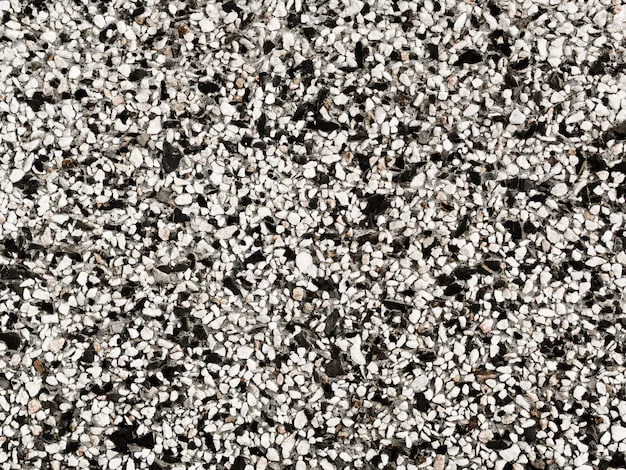
Rubber is one of the most universal choices of flooring. Made from ecological or recycled materials, it offers superb durability, cushioning, and low maintenance.
Pros:
- One of the most waterproof solutions.
- durable and resistant to mold and mildew.
- soft and comfortable even for barefoot.
- wide range of design options.
- cheaper and less demanding maintenance.
Cons:
- Aesthetics are not ideal for every style.
- relatively more expensive installation than other materials.
2. Porcelain and ceramic tiles
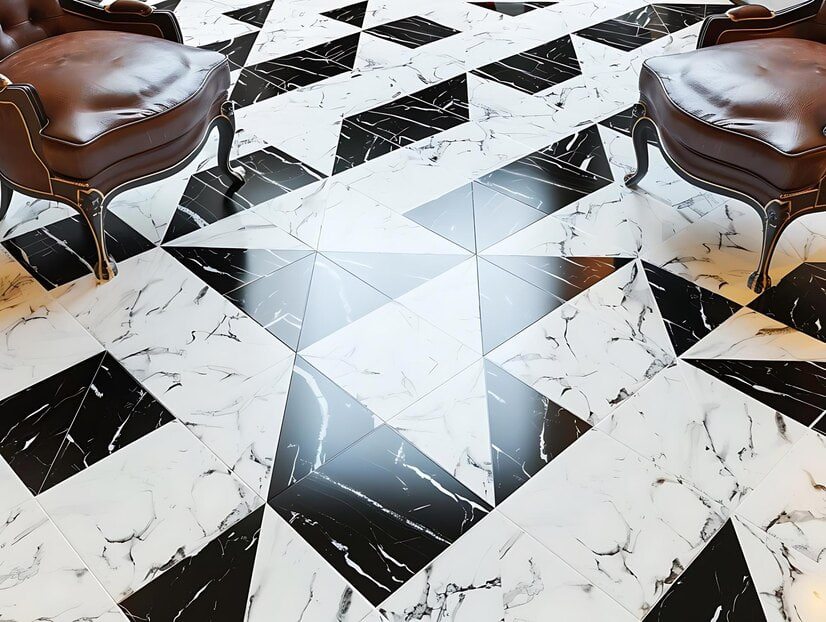
If you are looking for flooring for rooms with higher water exposure, porcelain and ceramic tiles are highly water-repellent. Made from clay, they offer excellent durability, sustainability, and unlimited aesthetic options.
Pros
- Highly water-resistant, making it perfect for kitchens, bathrooms, and basements.
- available in a wide range of designs, colors, and textures.
- more universally liked aesthetics.
- easy to clean and maintain.
Cons
- Cold underfoot, making it suitable for warmer regions but uncomfortable for colder ones.
- grout lines may absorb water and dirt.
3. Vinyl flooring
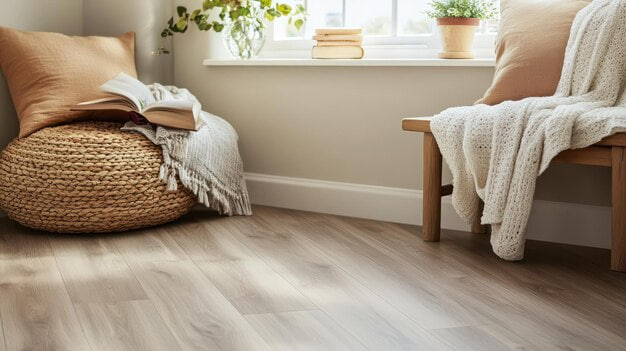
Vinyl sheets make for great flooring, impenetrable to water. If you would like the aesthetics and quality of luxury hardwood or stone floors but want to keep it affordable – consider vinyl.
Pros
- Ideal for high moisture areas due to how waterproof it is.
- luxury vinyl is virtually indistinguishable from real wood.
- relatively easy to install, maintain, and clean.
- one of the more affordable options
Cons
- Some vinyl flooring materials may warp over time in extreme humidity if not installed properly.
- can emit VOCs (volatile organic compounds), affecting indoor air quality.
4. Engineered hardwood
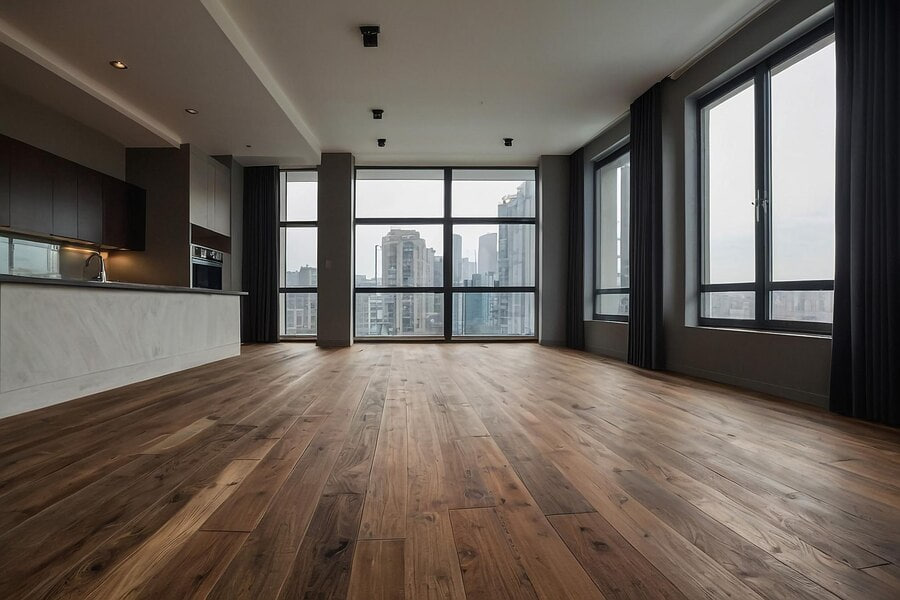
Engineered hardwood consists of multiple layers of timber with a solid wood coating, creating a material, adjusted to the natural wood expansion. If you want to avoid warping or other deformation, plywood is an option worth considering.
Pros
- A plywood base makes the material more resistant to moisture levels than solid hardwood.
- mimics the look and feel of real wood.
- can handle some moisture absorption without deforming.
Cons
- It is not 100% waterproof, so it is not recommended for high-moisture areas like bathrooms or basements.
- one of the more pricey options.
5. Bamboo flooring
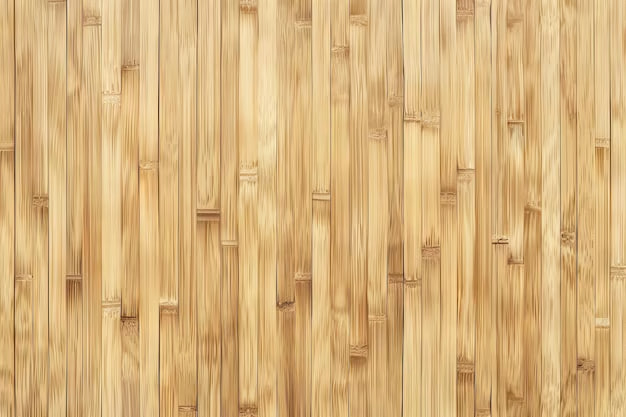
One of the most resistant materials available, bamboo is recommended for everyone wishing to combine high quality and extreme durability.
Pros
- Naturally resistant to moisture and mildew, making it an excellent choice in many humid regions.
- eco-friendly because it is made from a renewable resource.
- resistant even to heavy foot traffic.
Cons
- Sensitive to extreme humidity and may buckle or warp if the moisture levels are not controlled.
installation is demanding, requiring special glue to prevent excessive moisture absorption.
6. Concrete flooring
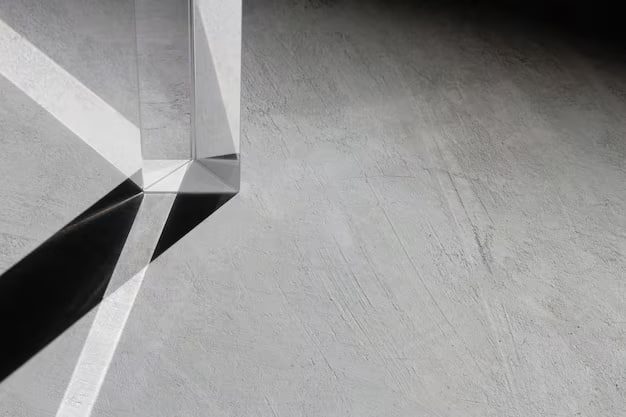
Concrete is a perfect material to highlight minimalist or brutalist interior designs. Moreover, it provides excellent sturdiness over time and little to no maintenance expenses.
Pros
- It is one of the most durable and water-resistant, perfect for both high humidity and heavy foot traffic areas.
- it has a variety of finishes that fit diverse flooring styles.
- easy to maintain and clean.
Cons
- Cold and hard underfoot, often requiring rugs or carpets.
- large temperature swings may cause cracking over time.
7. Laminate flooring
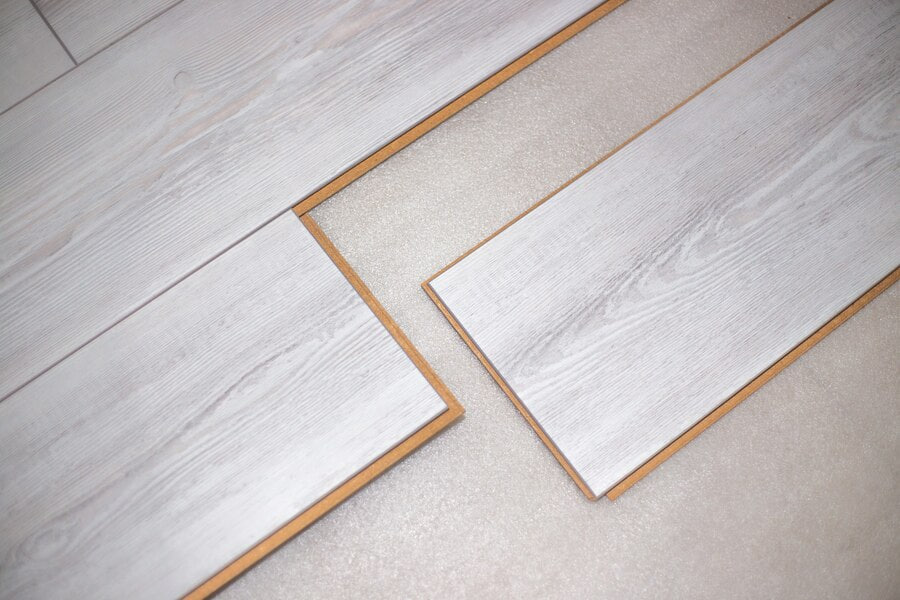
Laminate is an excellent multi-layer material made from wood fiber, practically indistinguishable from real hardwood. Consider it if you would like an affordable yet sturdy floor that fits into any interior.
Pros
- An affordable way to mimic the looks of hardwood planks or ceramic tiles
- certain laminate flooring options come with waterproof features that are suitable for more humid areas.
- easy to maintain
Cons
It can warp or swell in high moisture areas if not installed with proper underlayment.
not as durable as other waterproof flooring materials.
8. Natural stone
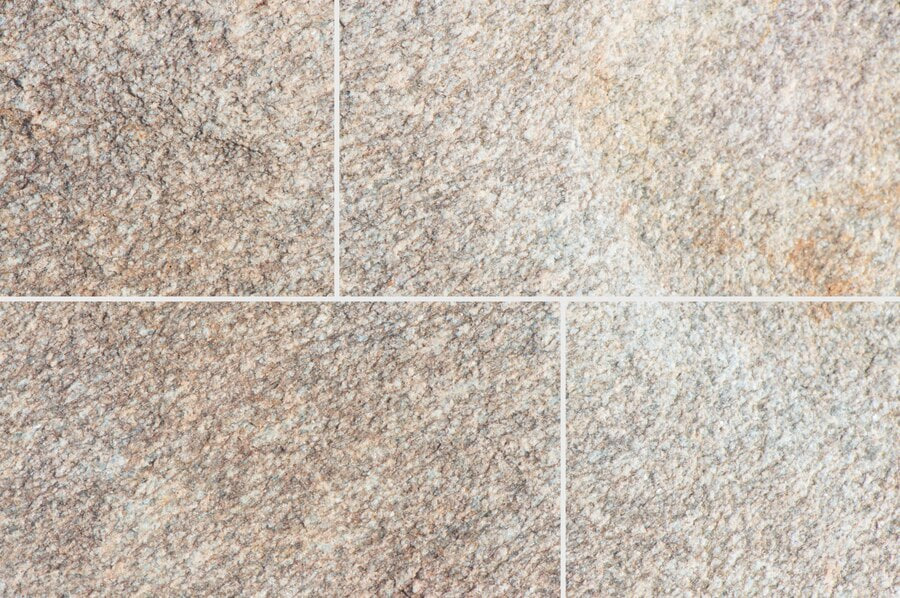
The most luxurious material, natural stone is a great option for hot climates, where it always remains water-resistant and cold underfoot.
Pros
- It is one of the most durable and moisture-resistant options, perfect for kitchens and bathrooms.
- offers a luxurious look with natural textures and patterns.
- easy to clean and can withstand heavy foot traffic.
Cons
- Expensive to install and requires sealing to maintain its water resistance.
- cold underfoot and may require underfloor heating for comfort in colder climates.
Final advice about the selection of the best flooring for high-humidity areas
When picking the best flooring for humid climates, prioritize water resistance, durability, and low maintenance. Consider the room’s purpose and potential levels of humidity. For instance, areas like bathrooms or laundry rooms require materials like rubber, porcelain tiles, or vinyl flooring, while bamboo or engineered hardwood floors are better for living areas. Ultimately, the best flooring for hot, humid climates will balance style, comfort, and functionality while protecting your home from structural damage caused by moisture and humidity.
